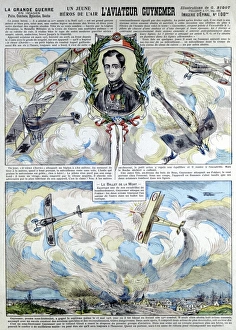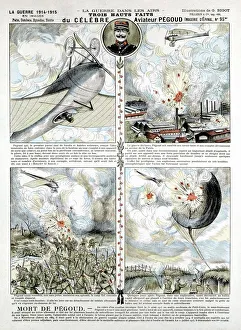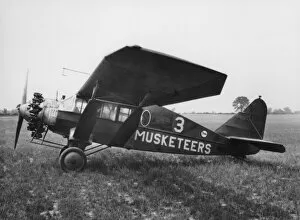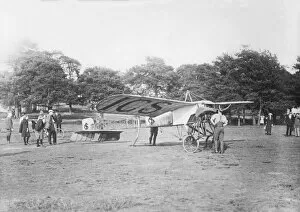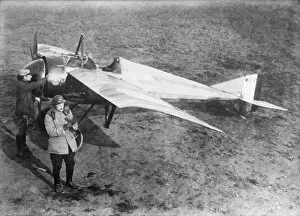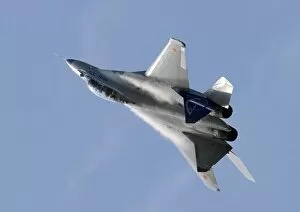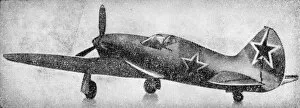Monoplane Collection (page 35)
The monoplane, a remarkable aircraft design that has evolved over the years, has left an indelible mark on aviation history
All Professionally Made to Order for Quick Shipping
The monoplane, a remarkable aircraft design that has evolved over the years, has left an indelible mark on aviation history. From the iconic Douglas DC-3 to the versatile de Havilland DH-80A Puss Moth, these monoplanes have captivated enthusiasts and professionals alike. One cannot forget the Bristol B-175 Britannia 102, a true testament to British engineering prowess. This majestic monoplane soared through the skies with grace and power, symbolizing progress in aviation technology. In 1939, G. H. Davis documented British RAF aeroplanes of that time, showcasing their sleek monoplane designs. These machines were not only functional but also aesthetically pleasing. Looking back even further into history, we find ourselves intrigued by early pioneers such as those featured in Motor Cycling Magazine's December 1909 issue. Their daring spirit paved the way for future innovations in aviation. Moving forward in time brings us to marvel at groundbreaking creations like the Republic XF-12 Rainbow RC-2 and Junkers Ju-87B-2 Stuka. These monoplanes pushed boundaries and redefined what was possible in flight. The Hawker Siddeley HS-121 Trident 1C stands out as a shining example of British ingenuity during its era. Its sleek lines and advanced features made it a favorite among pilots and passengers alike. Noteworthy too is Handley Page HP-70 Halton - an aircraft that showcased cutting-edge technology while maintaining exceptional performance standards. And let us not forget about Humber Vintage Car towing a Humber-built Monoplane - this unique collaboration between land and air transportation marked an important milestone in Britain's aviation legacy. From humble beginnings to groundbreaking advancements, these monoplanes have shaped our understanding of flight throughout history. They continue to inspire awe as symbols of human innovation reaching new heights above clouds where dreams take flight.

